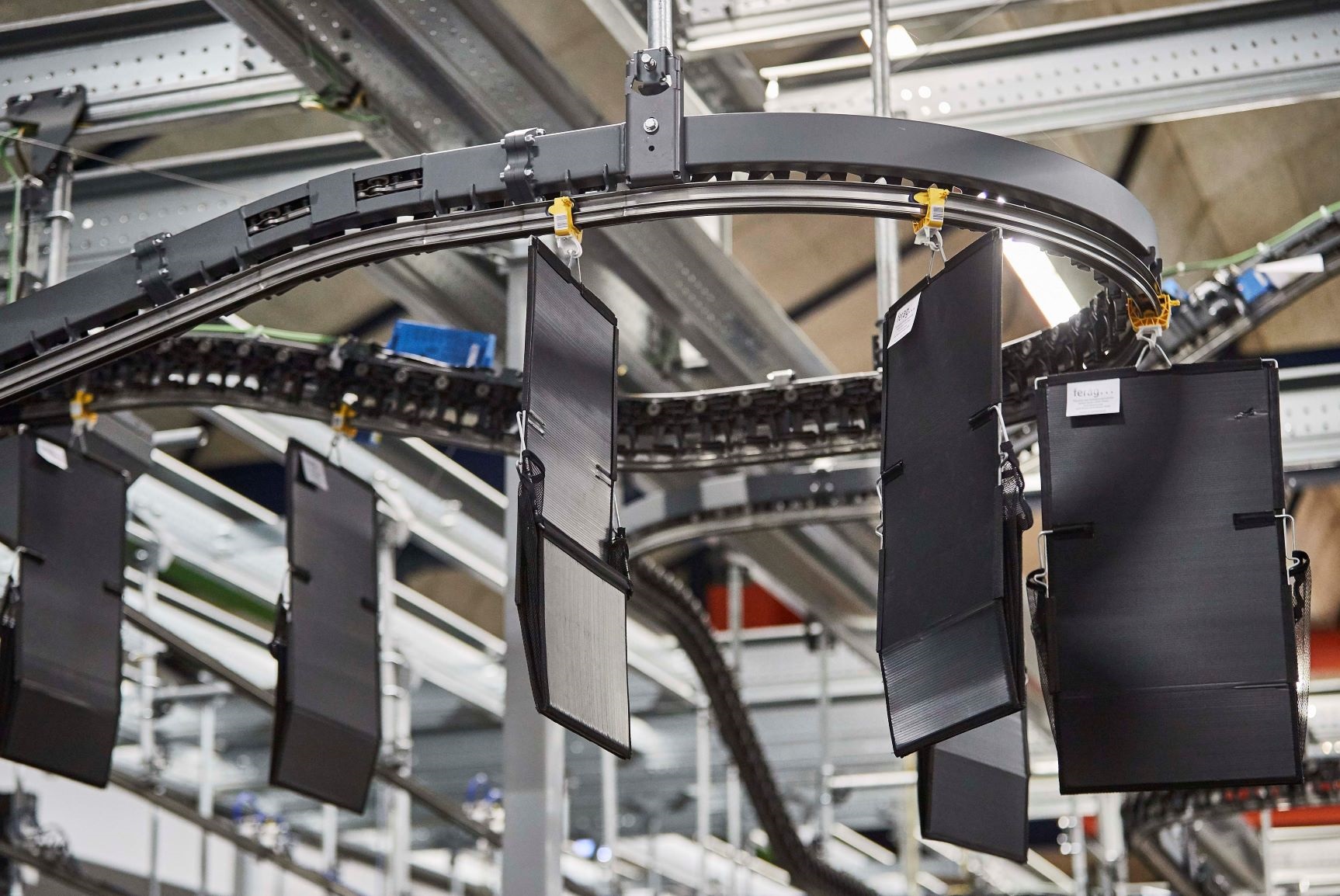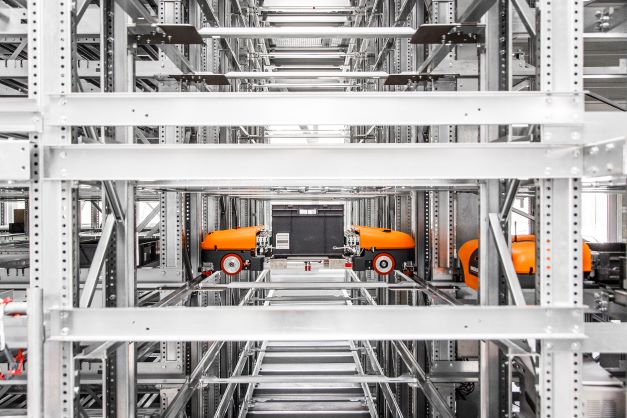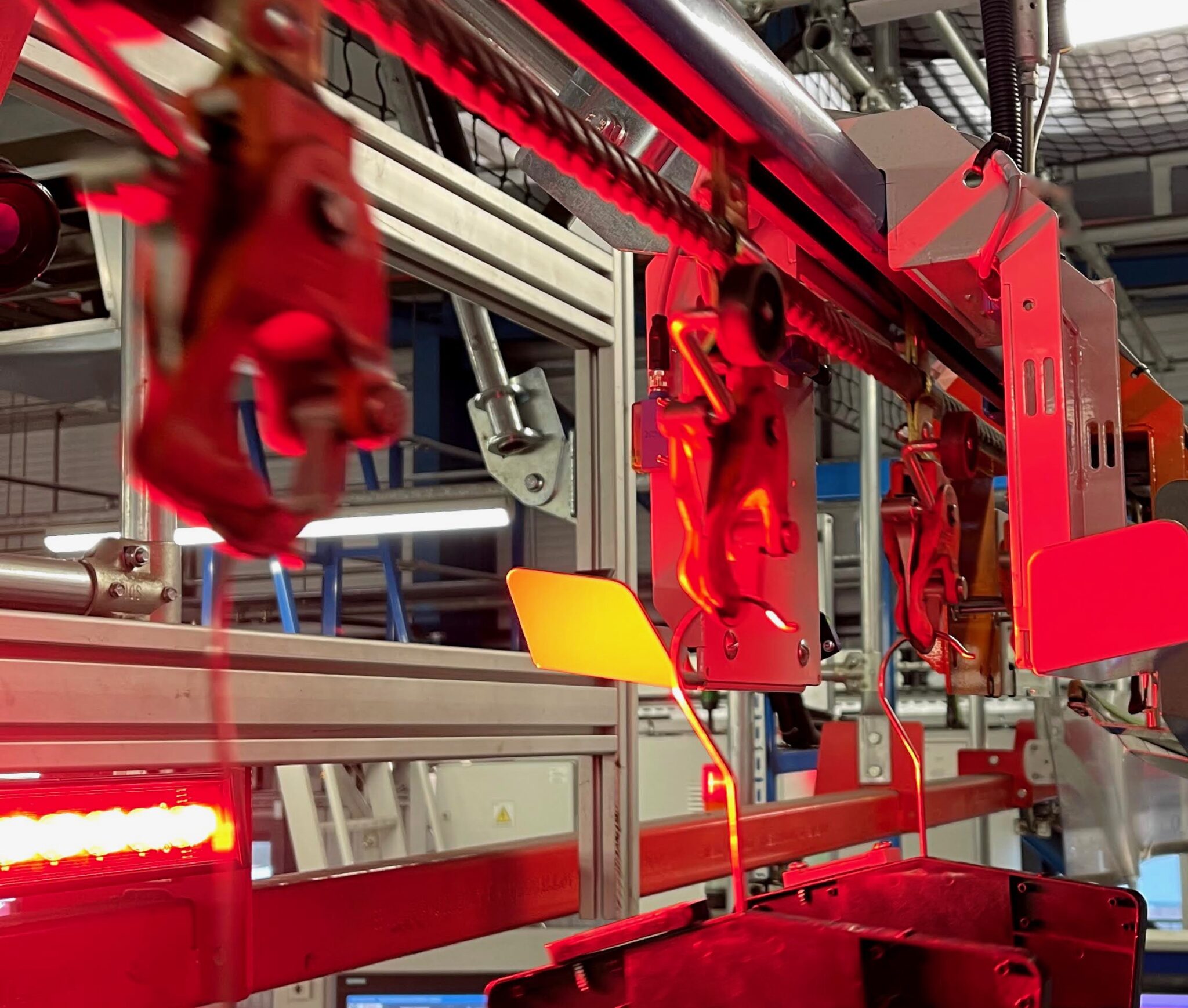Technology supplied by Witron has enabled High Street retail pharmacist chain Boots achieve high flexibility in response to changing purchasing behaviour, creating an omni-channel model at its Nottingham Store Service Centre (SSC).
Alan Penhale, Supply Chain Director at Boots, is responsible for the supply chain of more than 2,300 stores in the United Kingdom and The Republic of Ireland. Alan’s team also picks and packs orders for the health and beauty retailer’s online business.
After the start of the Coronavirus Pandemic in just three weeks, the Boots and Witron teams converted the processes in their main automated warehouse from store logistics to e-commerce logistics.
Thus, the SSC in Nottingham, UK not only has delivered proven high performance, but also its ability to be able to adapt to rapidly changing conditions. The SSC supplies millions of units a day for store delivery from a range of 37,000 different items, and now the SSC is also supporting the Boots online business.
Boots recorded 150+ percent more orders in its online business in the months of the pandemic with customers choosing to order online during lockdown. Boots operates its own e-commerce logistics centre and the challenge was being able to adapt to these rapidly increasing order numbers. A solution was needed – not in a few years, but immediately.
Part of the solution was the Store Service Centre (SSC) in Nottingham, designed and realised by Witron. “Here we still had logistics capacities available. At the beginning of the pandemic, customers were still shopping in the stores, but during lockdown, e-commerce figures increased as store footfall declined.” Penhale and his team ship beauty products, cosmetics, perfumes, healthcare items, and even Coca Cola; more than 37,000 products.
“Boots needed a creative solution in spring of 2020,” reports Jack Kuypers, Vice President North-West Europe at Witron. Boots and Witron have been working together successfully for more than 10 years. The leading pharmacy-led health and beauty retailer is one of the largest retailers in the UK and together the teams have optimised processes for stores in the past. “We have never experienced anything like that – transforming a logistics centre originally designed exclusively for store delivery into an omni-channel logistics centre at record speed,” Kuypers admits.
Store or online customer?
The response: The SSC should become a store. In the past, many customers ordered their goods online but picked them up in the local store, and often picking still took place in the store. Click + collect was the solution in the pandemic. Boots has been using an order management system for several months that is set up above the warehouse management system. IT experts “simply” redefined the SSC to a store – admittedly a huge store with a lot of storage capacity.
“Whether employees pick goods manually in the store in London or with the Dynamic Picking System (DPS), the software doesn’t care,” Penhale laughs.
The heart of the system is and remains the DPS with its 252 workstations. The highly dynamic and automated picking of small parts in DPS is supported by a pick-by-light system. The DPS works according to both the goods-to-person and the person-to-goods principle. Depending on the order structure, the items are arranged in the pick front either permanently or on demand, such that the picking process is optimised at all time. The DPS supports different types of order picking: From tote into tote, from pallet into tote, from tote into the shipping carton, etc.
Regardless of the picking type, the picker is always guided by a pick-by-light system. Large-volume items from the Boots assortment in the SSC are picked by radio data supported and route-optimised by the semi-automated Car Picking System (CPS) onto roll containers. In total, Boots colleagues in Nottingham pick almost 3 million units on a peak day. “Our colleagues don’t even know whether they are picking for the e-commerce customer or for the store”, Penhale reports.
But the teams of Witron and Boots still had to make some physical changes in the SSC. The logistics specialists built a new shipping area for the e-commerce orders. “At the moment, this area is still supplied manually. But we want to establish automation here in the near future as well,” explains the supply chain director. And another idea is the concept of picking orders to be sent to the stores for them to pack for customer. “We currently don’t have a system solution for this, but we will work on it together. It is an option for the future.”
Within three weeks the store logistics centre transformed into an omni-channel warehouse. Did that surprise him? “No, we have been working very well with Witron for more than ten years, always coming up with new, creative processes. I am surprised that we managed to ship over 6,000 online orders per day. It is top-class what we have achieved together during the crisis.”
The pandemic isn’t over yet, but Penhale ventures a look into the future. “Yes, people are shopping in stores again, but e-commerce will continue to grow. Cost-efficient and flexible omni-channel processes as well as the supply of different distribution channels from one logistics centre will become a “must have”. It is essential to align all logistics processes in the supply chain “end-to-end” to a holistic omni-channel structure. We are working on this together with Witron.”
Podcast
For more information, listen to logistics podcast ‘Store fulfilment transformed into Omni-Channel fulfillment’.
https://ideenraum.witron.de/blog/store-fulfillment-transformed-into-omni-channel-fulfillment







